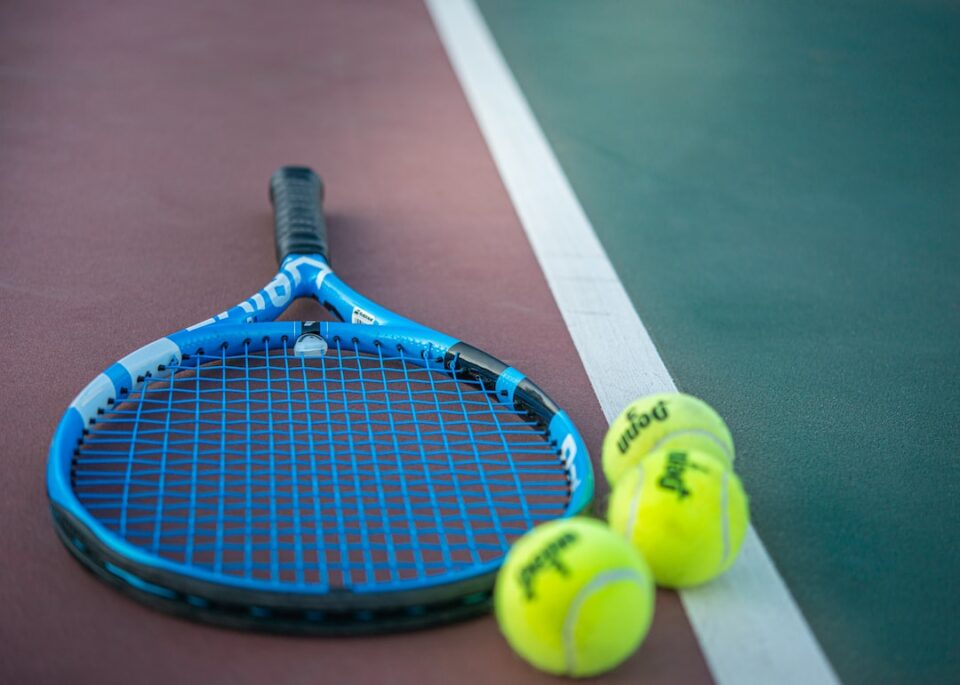Knee injuries are a common occurrence in athletes, particularly those involved in high-impact sports. These injuries can be extremely debilitating, often sidelining athletes for significant periods of time. However, there are steps that athletes can take to both prevent and treat common knee injuries to ensure that they can continue participating in their chosen sport.
Prevention is always the best approach when it comes to knee injuries. One of the most effective ways to prevent such injuries is by focusing on strengthening the muscles around the knee. This can be done through exercises such as squats, lunges, and leg presses. By strengthening the muscles in the quadriceps, hamstrings, and calves, athletes can provide added support to the knee joint, reducing the risk of injury.
Another important aspect of injury prevention is proper conditioning. Athletes should ensure that they are adequately warmed up before engaging in any physical activity. Including dynamic stretching exercises can be especially helpful in preparing the knee joint for the demands of sports. Additionally, maintaining a healthy weight can also help reduce the stress on the knee joint and decrease the likelihood of injury.
However, despite best efforts, knee injuries can still occur. In such cases, early intervention is crucial to prevent the injury from worsening. If an athlete experiences pain or swelling in the knee, it is important to immediately stop the activity and apply ice to the area. Ice will help reduce swelling and inflammation, providing temporary relief until further treatment can be sought.
Many athletes find relief through physical therapy. A skilled physical therapist can help identify areas of weakness or muscle imbalances that may have contributed to the injury. They can then develop a personalized treatment plan that may include exercises to strengthen the knee and surrounding muscles, as well as guidance on proper biomechanics to minimize stress on the joint.
In some cases, more severe injuries may require surgical intervention. Procedures such as arthroscopy or ligament reconstruction may be necessary to repair damaged structures in the knee. Rehabilitation after surgery is key to ensuring a successful recovery and returning to full athletic function.
In conclusion, preventing and treating knee injuries in athletes is a combination of both proactive measures and prompt intervention. By focusing on strengthening the muscles around the knee and maintaining proper conditioning, athletes can significantly reduce their risk of injury. However, if an injury does occur, it is important to seek treatment as soon as possible to prevent further damage. Through a combination of physical therapy, surgery if necessary, and rehabilitation, athletes can recover from knee injuries and get back to doing what they love – playing their chosen sport.

